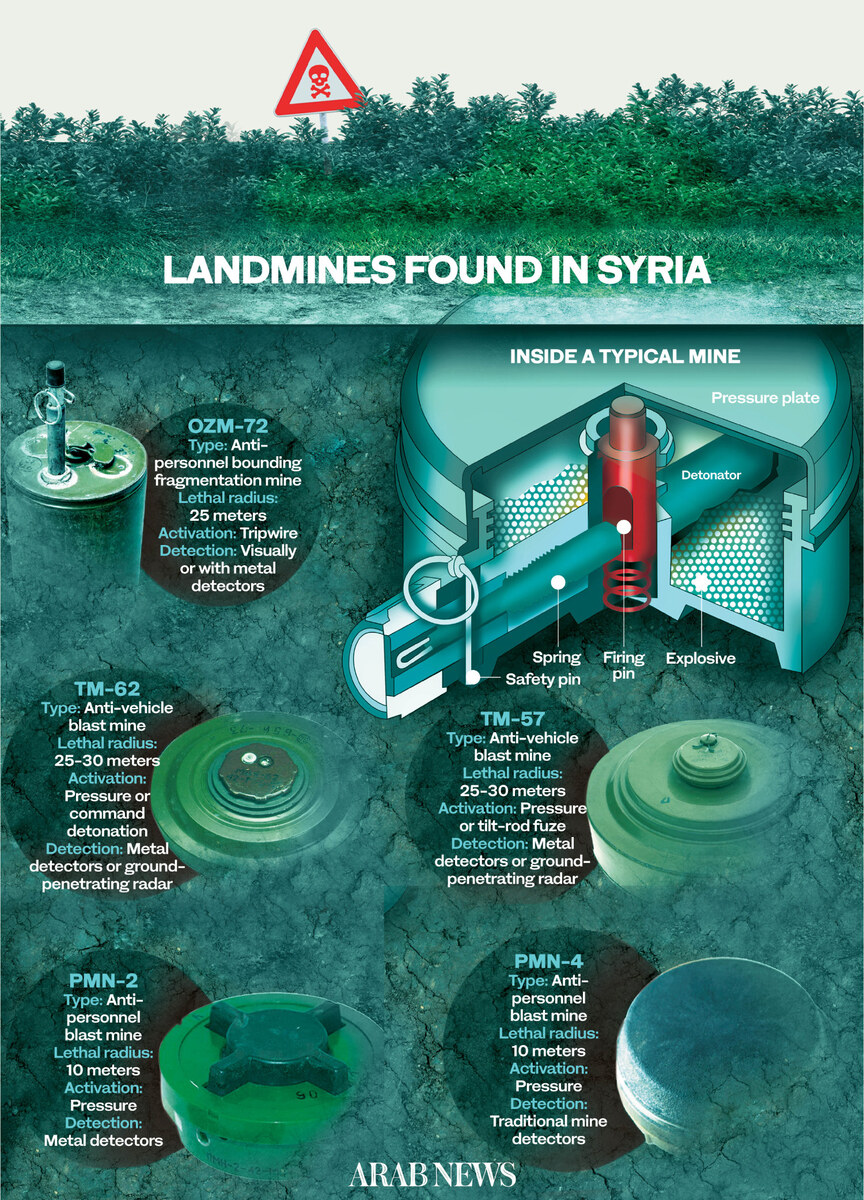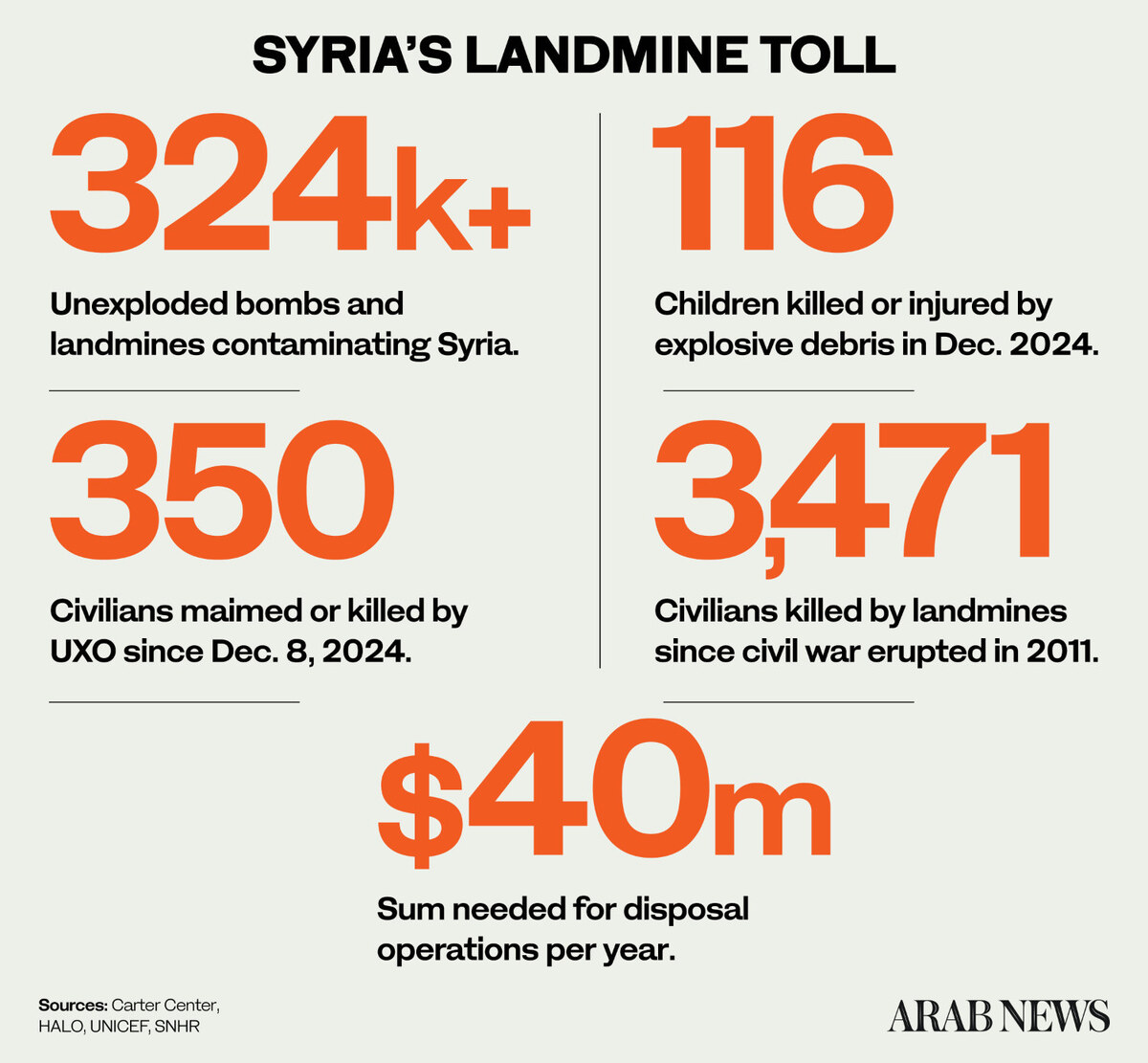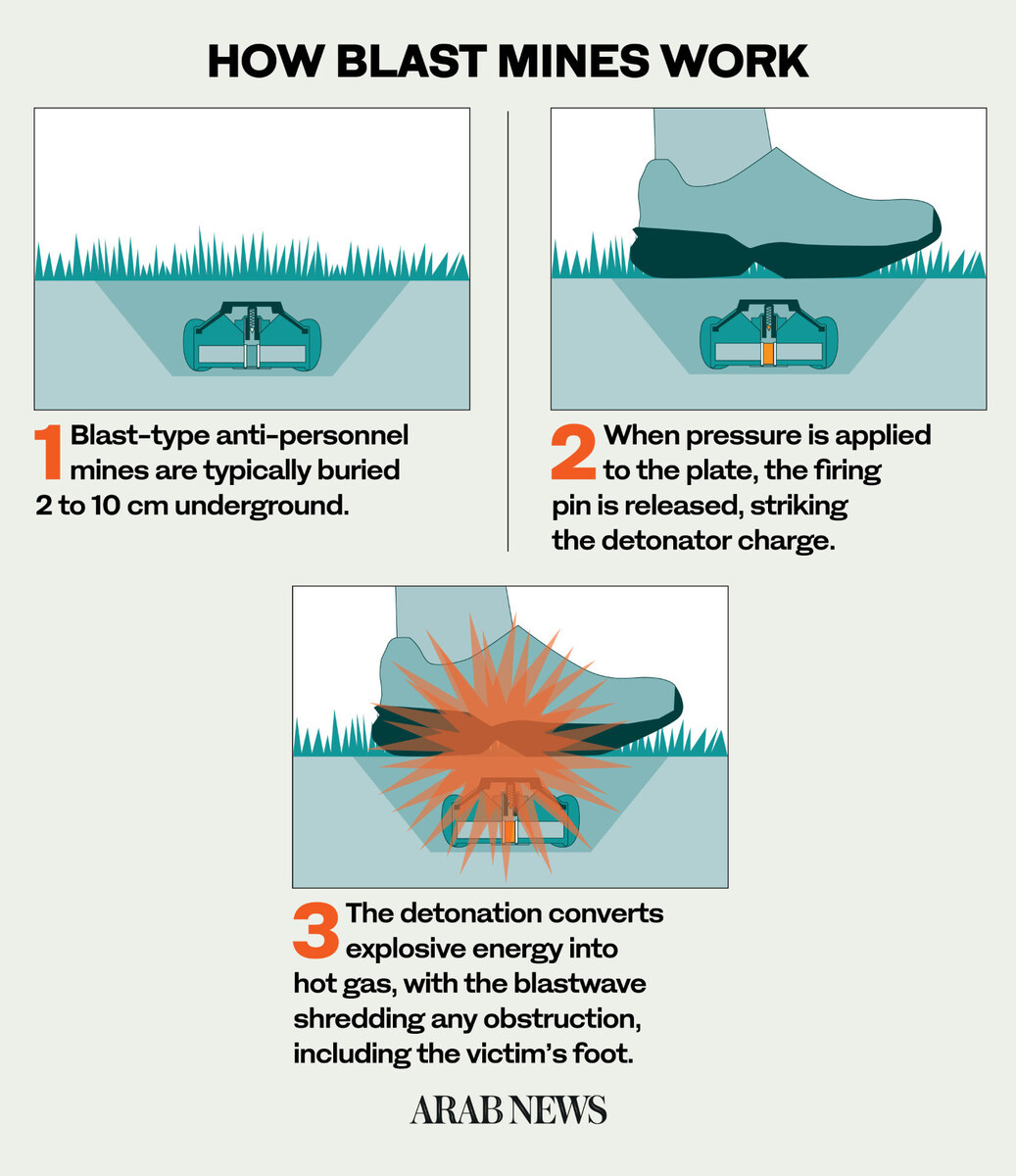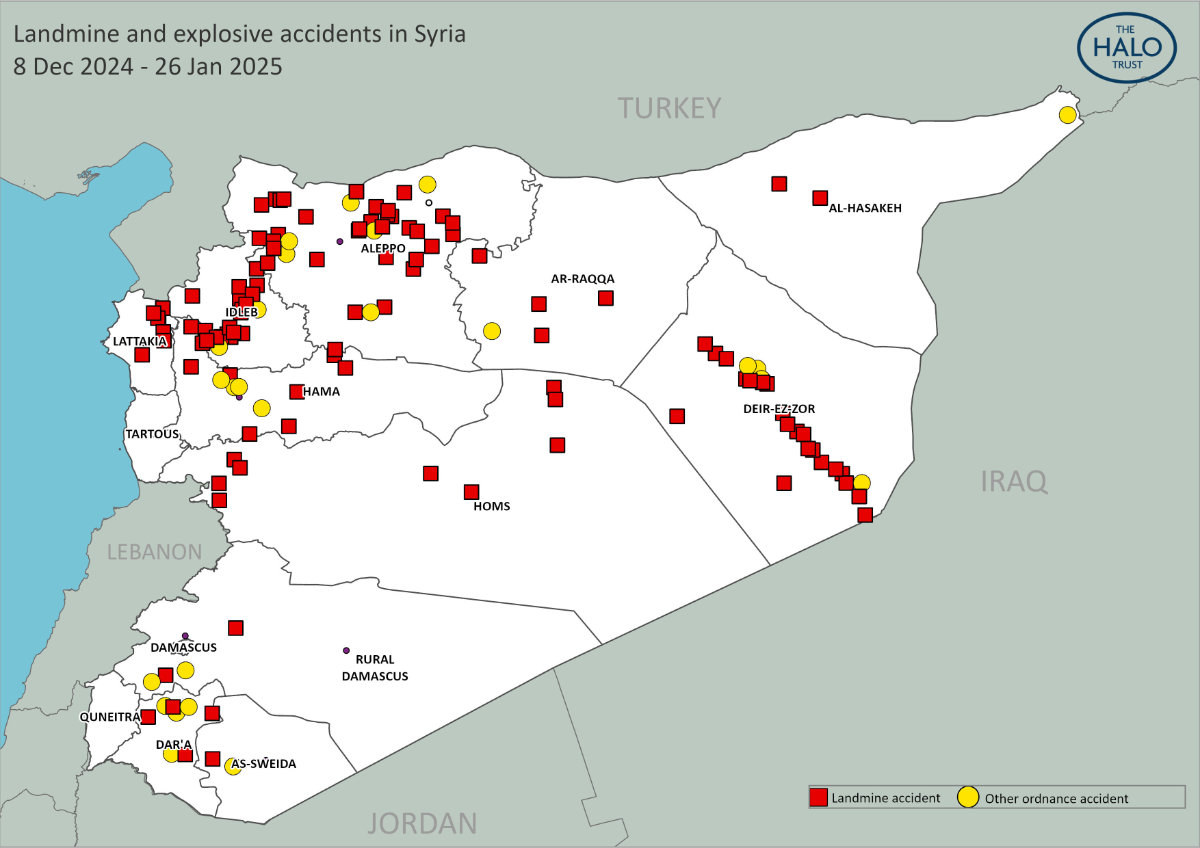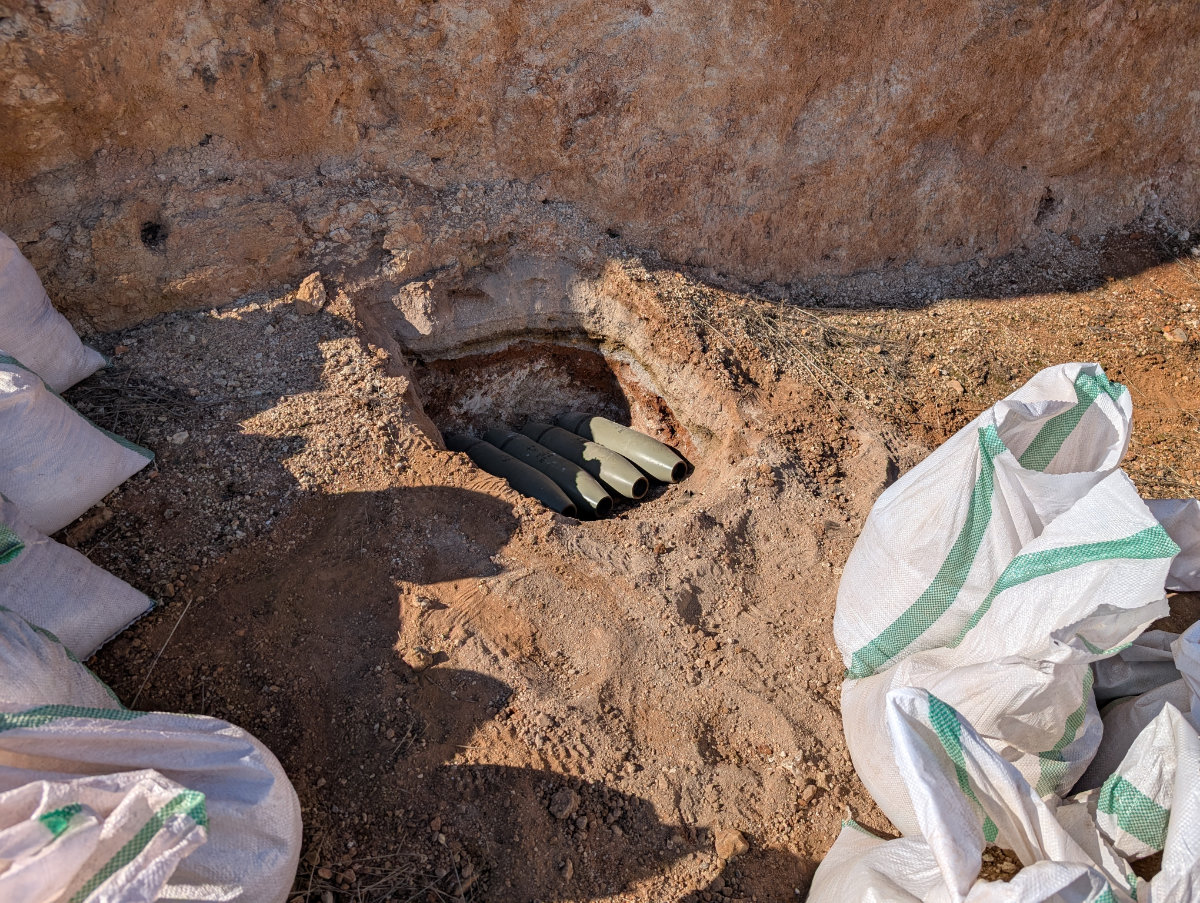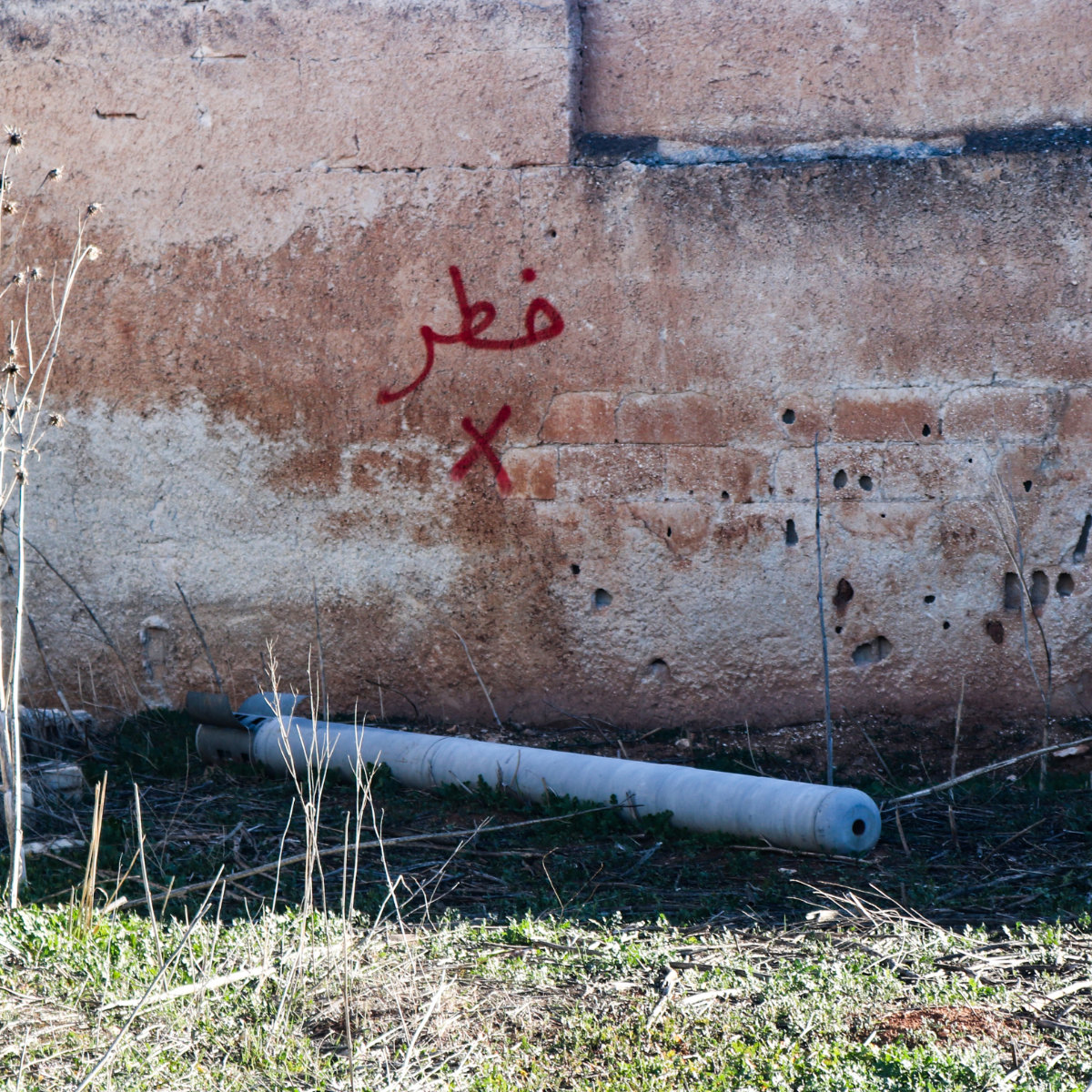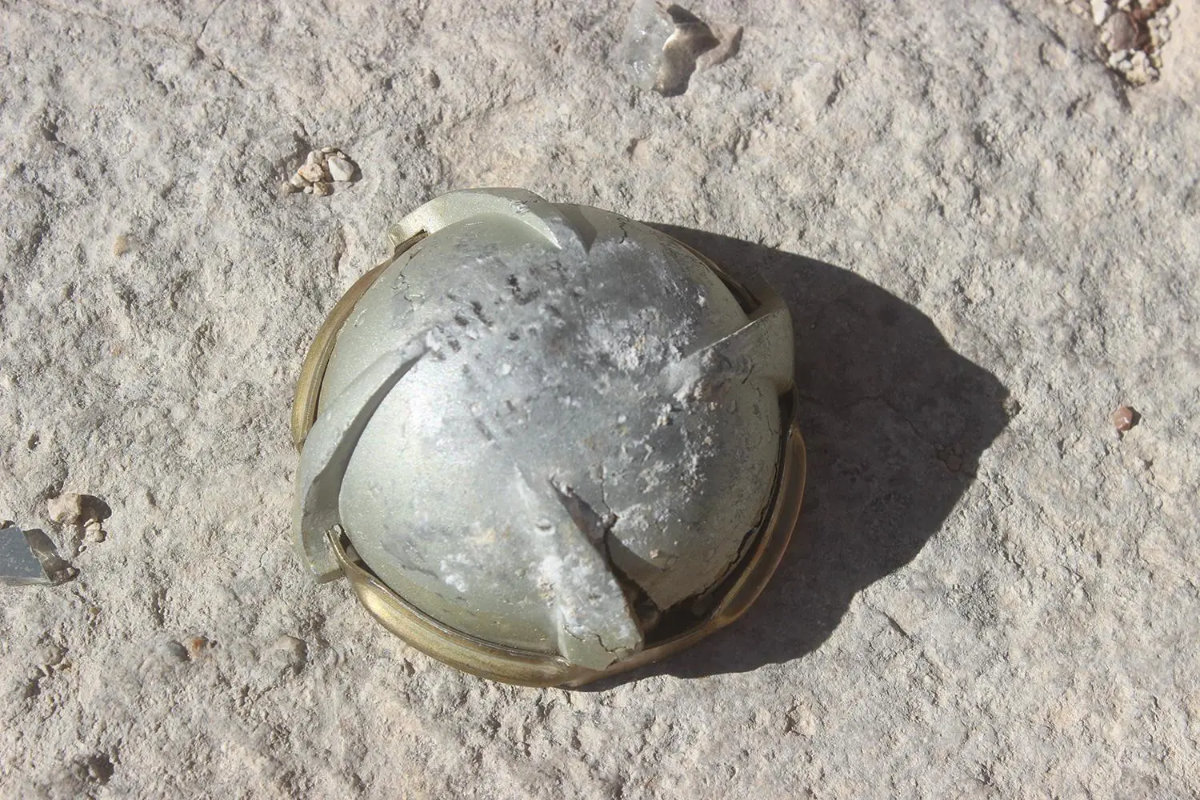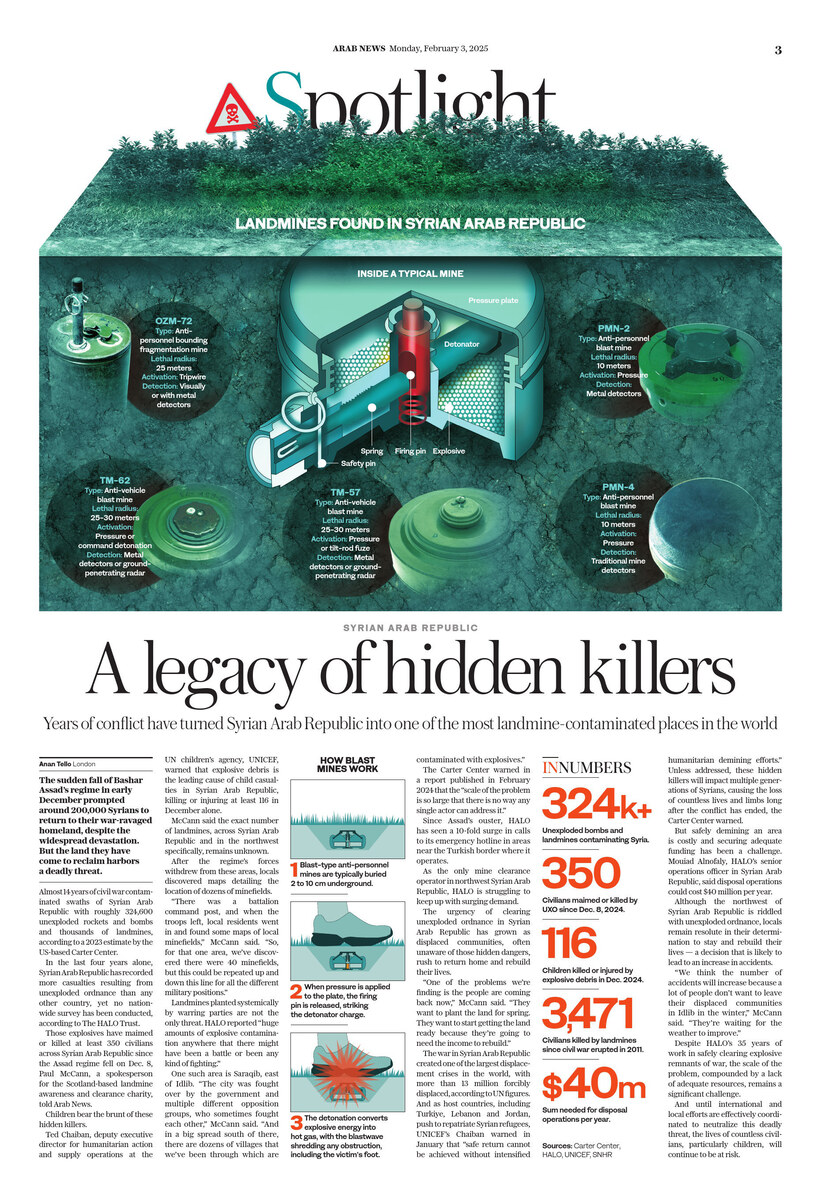BEIRUT/JERUSALEM: Hezbollah’s flexible chain of command, together with its extensive tunnel network and a vast arsenal of missiles and weapons it has bolstered over the past year, is helping it weather unprecedented Israeli strikes, three sources familiar with the Lebanese militant group’s operations said. Israel’s assault on Hezbollah over the past week, including the targeting of senior commanders and the detonation of booby-trapped pagers and walkie-talkies, has left the powerful Lebanese Shiite militant group and political party reeling.
On Friday, Israel killed the commander who founded and led the group’s elite Radwan force, Ibrahim Aqil. And since Monday, Lebanon’s deadliest day of violence in decades, the health ministry says more than 560 people, among them 50 children, have died in air barrages.
The Israeli military chief of staff Herzi Halevi said on Sunday that Aqil’s death had shaken the organization. Israel says its strikes have also destroyed thousands of Hezbollah rockets and shells.
But two of the sources familiar with Hezbollah operations said the group swiftly appointed replacements for Aqil and other senior figures killed in Friday’s airstrike in Beirut’s southern suburbs. Hezbollah leader Sayyed Hassan Nasrallah said in an Aug. 1 speech that the group quickly fills gaps whenever a leader is killed.
A fourth source, a Hezbollah official, said the attack on communication devices put 1,500 fighters out of commission because of their injuries, with many having been blinded or had their hands blown off.
While that is a major blow, it represents a fraction of Hezbollah’s strength, which a report for the US Congress on Friday put at 40,000-50,000 fighters. Nasrallah has said the group has 100,000 fighters.
Since October, when Hezbollah began firing at Israel in October in support of its ally Hamas in Gaza, it has redeployed fighters to frontline areas in the south, including some from Syria, the three sources said.
It has also been bringing rockets into Lebanon at a fast pace, anticipating a drawn-out conflict, the sources said, adding that the group sought to avoid all out war. Hezbollah’s main supporter and weapons supplier is Iran. The group is the most powerful faction in Tehran’s “Axis of Resistance” of allied irregular forces across the Middle East. Many of its weapons are Iranian, Russian or Chinese models.
The sources, who all asked not to be named because of the sensitivity of the matter, did not provide details of the weapons or where they were bought.
Hezbollah’s media office did not reply to requests for comment for this story.
Andreas Krieg, a senior lecturer at the School of Security Studies at King’s College London, said that while Hezbollah operations had been disrupted by the past week’s attacks, the group’s networked organizational structure helped make it an extremely resilient force.
“This is the most formidable enemy Israel has ever faced on the battlefield, not because of numbers and tech but in terms of resilience.”
Powerful missiles
Fighting has escalated this week. Israel killed another top Hezbollah commander, Ibrahim Qubaisi, on Tuesday. For its part, Hezbollah has shown its capacity to continue operations, firing hundreds of rockets toward Israel in ever deeper attacks. On Wednesday, Hezbollah said it had targeted an Israeli intelligence base near Tel Aviv, more than 100 km (60 miles) from the border. Warning sirens sounded in Tel Aviv as a single surface-to-surface missile was intercepted by air defense systems, the Israeli military said.
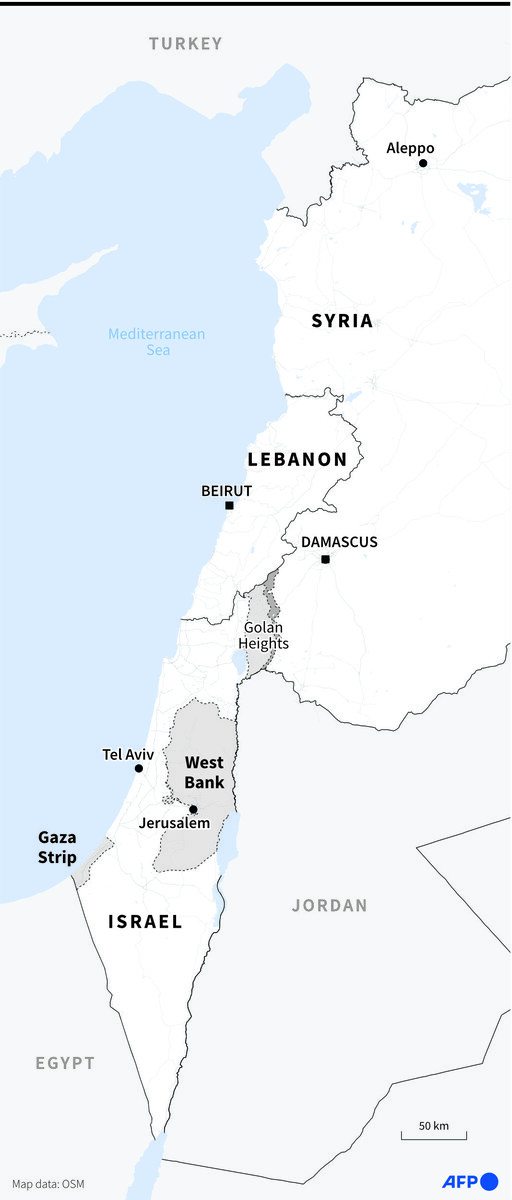
The group has yet to say whether it has launched any of its most potent, precision-guided rockets, such as the Fateh-110, an Iranian-made ballistic missile with a range of 250-300 km (341.75 miles). Hezbollah’s Fateh-110 have a 450-500 kg warhead, according to a 2018 paper published by the Center for Strategic and International Studies in Washington. Hezbollah’s rocket attacks are possible because the chain of command has kept functioning despite the group suffering a brief spell of disarray after the pagers and radios detonated, one of the sources, a senior security official, said. The three sources said Hezbollah’s ability to communicate is underpinned by a dedicated, fixed-line telephone network — which it has described as critical to its communications and continues to work — as well as by other devices.
Many of its fighters were carrying older models of pagers, for example, that were unaffected by last week’s attack.
Reuters could not independently verify the information. Most injuries from the exploding pagers were in Beirut, far from the front. Hezbollah stepped up the use of pagers after banning its fighters from using cellphones on the battlefield in February, in response to commanders being killed in strikes.
If the chain of command breaks, frontline fighters are trained to operate in small, independent clusters comprised of a few villages near the border, capable of fighting Israeli forces for long periods, the senior source added.
That is precisely what happened in 2006, during the last war between Hezbollah and Israel, when the group’s fighters held out for weeks, some in frontline villages invaded by Israel.
Israel says it has escalated attacks to degrade Hezbollah’s capabilities and make it safe for tens of thousands of displaced Israelis to return to their homes near the Lebanon border, which they fled when Hezbollah began firing rockets on Oct. 8.
Prime Minister Benjamin Netanyahu’s government has said it prefers to reach a negotiated agreement that would see Hezbollah withdraw from the border region but stands ready to continue its bombing campaign if Hezbollah refuses, and does not rule out any military options. Hezbollah’s resilience means the fighting has raised fears of a protracted war that could suck in the US, Israel’s close ally, and Iran — especially if Israel launches, and gets bogged down in, a ground offensive in southern Lebanon.
Israel’s military did not respond to a request for comment for this story. Iran’s President Masoud Pezeshkian warned on Monday of “irreversible” consequences of a full blown war in the Middle East. A US State Department official said Washington disagreed with Israel’s strategy of escalation and sought to reduce tensions.
Underground arsenal
In what two of the sources said was an indication of how well some of Hezbollah’s weapons are hidden, on Sunday rockets were launched from areas of southern Lebanon that had been targeted by Israel shortly before, the two sources said. Hezbollah is believed to have an underground arsenal and last month published footage that appeared to show its fighters driving trucks with rocket launchers through tunnels. The sources did not specify if the rockets fired on Sunday were launched from underground.
Israeli Defense Minister Yoav Gallant said Monday’s barrage had destroyed tens of thousands of Hezbollah rockets and munitions.
Israel’s military said long-range cruise missiles, rockets with warheads capable of carrying 100kg of explosives, short-range rockets, and explosive UAVs were all struck on Monday.
Reuters could not independently verify the military claims.
Boaz Shapira a researcher at Alma, an Israeli think tank that specializes in Hezbollah, said Israel had yet to target strategic sites such as long-range missiles and drone sites.
“I don’t think we are anywhere near finishing this,” Shapira said.
Hezbollah’s arsenal is believed to comprise some 150,000 rockets, the US Congress report said. Krieg said its most powerful, long-range ballistic missiles were kept below ground. Hezbollah has spent years building a tunnel network that by Israeli estimates extends for hundreds of kilometers. The Israeli military said Monday’s air strikes hit Hezbollah missile launch sites hidden under homes in southern Lebanon.
Hezbollah has said it does not place military infrastructure near civilians. Hezbollah has issued no statement on the impact of Israel’s strikes since Monday.
Tunnels
The group’s arsenal and tunnels have expanded since the 2006 war, especially precision guidance systems, leader Nasrallah has said. Hezbollah officials have said the group has used a small part of the arsenal in fighting over the past year. Israeli officials have said Hezbollah’s military infrastructure is tightly meshed into the villages and communities of southern Lebanon, with ammunition and missile launcher pads stored in houses throughout the area. Israel has been pounding some of those villages for months to degrade Hezbollah’s capabilities.
Confirmed details on the tunnel network remain scarce.
A 2021 report by Alma, an Israeli think tank that specializes in Hezbollah, said Iran and North Korea both helped build up the network of tunnels in the aftermath of the 2006 war.
Israel has already struggled to root out Hamas commanders and self-reliant fighting units from the tunnels criss-crossing Gaza.
“It is one of our biggest challenges in Gaza, and it is certainly something we could meet in Lebanon,” said Carmit Valensi, a senior research fellow at the Institute for National Security Studies in Tel Aviv, a think-tank.
Krieg said that unlike Gaza, where most tunnels are manually dug into a sandy soil, the tunnels in Lebanon had been dug deep in mountain rock. “They are far less accessible than in Gaza and even less easy to destroy.”

















